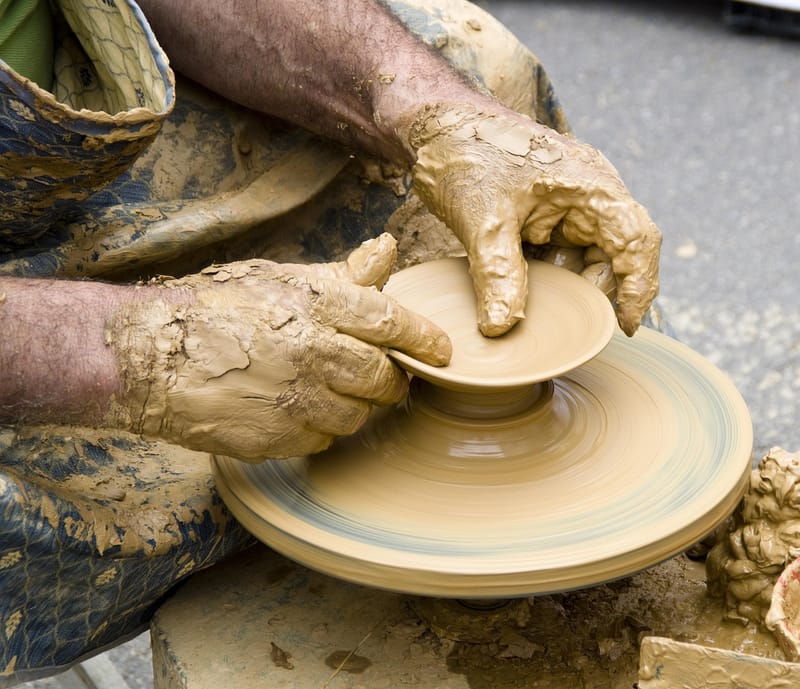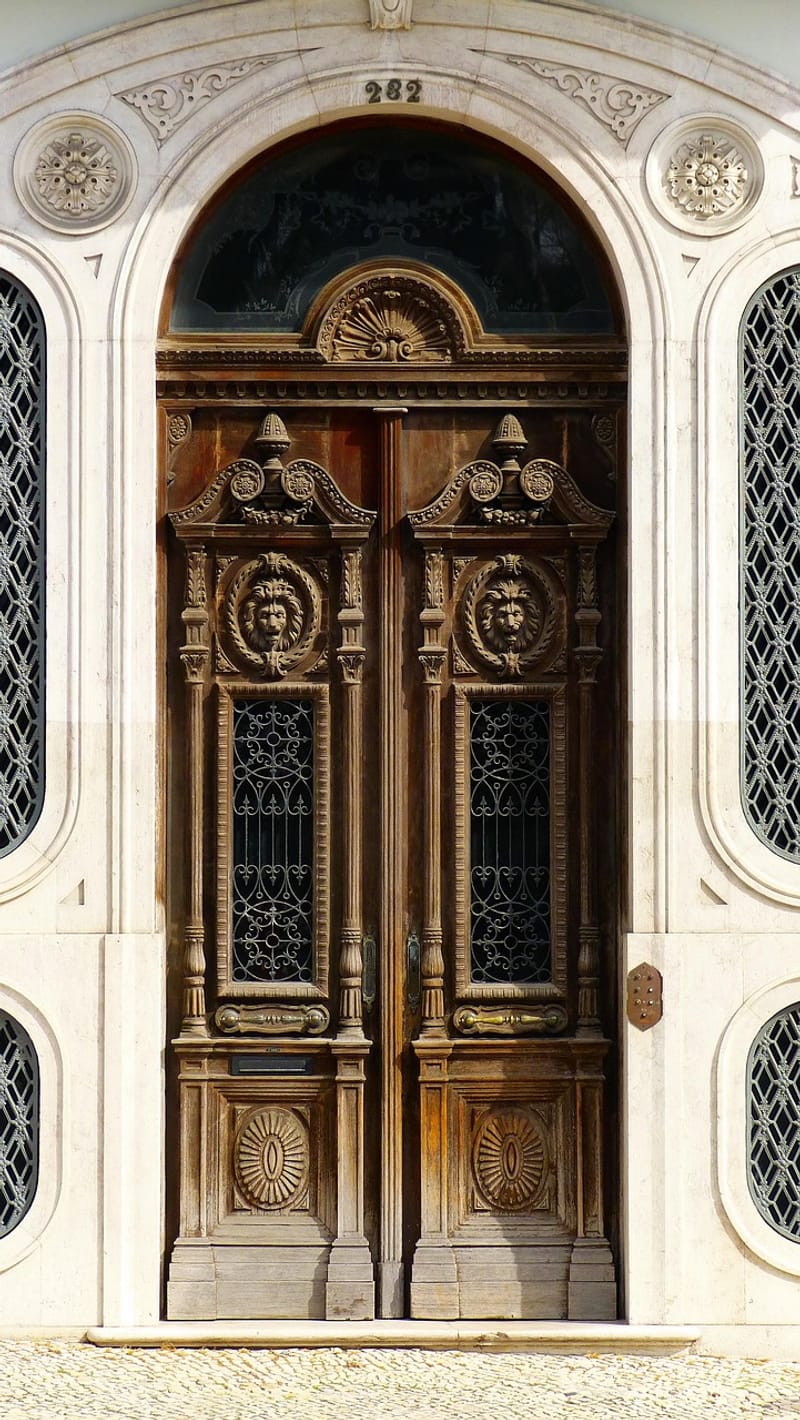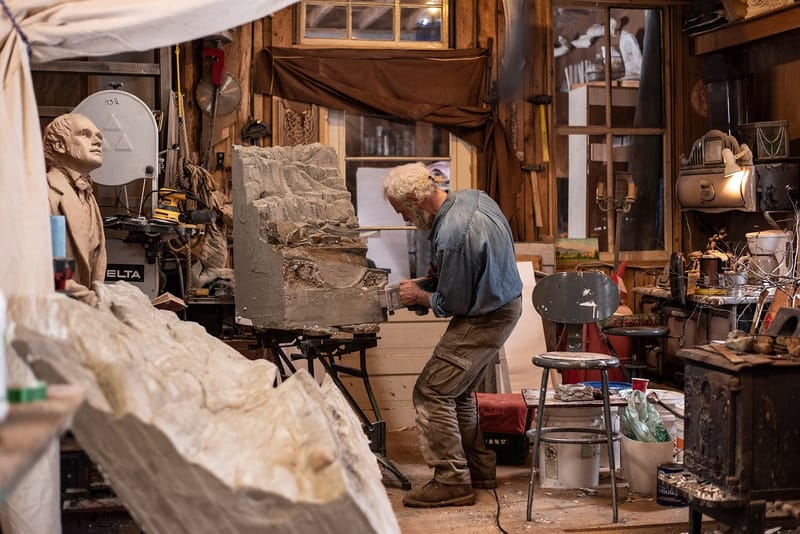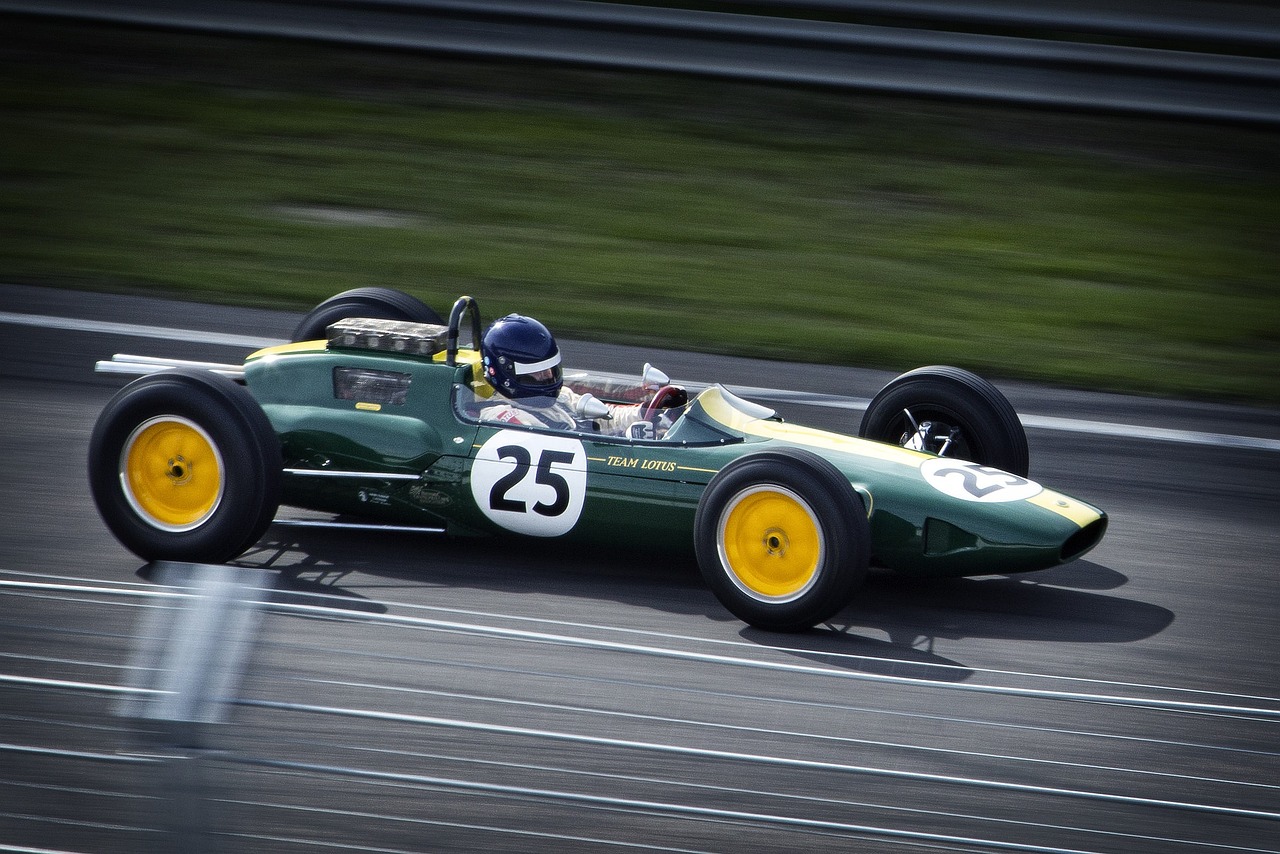Techniques - Part 1
Introduction to Sculpting Methods - Part 1
Sculpting is an art form that has been practiced for centuries, with artists using various techniques to create stunning pieces of art. In this article, we will introduce you to some common sculpting methods used by artists around the world. Whether you're a beginner looking to explore the world of sculpting or an experienced sculptor wanting to enhance your skills, this guide will provide you with valuable insights into different sculpting techniques.
1. Clay Sculpting
Clay sculpting is one of the most popular and versatile sculpting methods. Artists use different types of clay, such as polymer clay, ceramic clay, or oil-based clay, to mold and shape their creations. Clay is a pliable material that allows artists to add intricate details and make changes easily during the sculpting process.

2. Stone Carving
Stone carving is a traditional sculpting method that involves chiseling and shaping stones such as marble, granite, or limestone. This technique requires precision and patience, as artists need to work with the natural texture and grain of the stone to create beautiful sculptures.

3. Wood Carving
Wood carving is another ancient sculpting method that involves carving and shaping wood using tools like chisels and knives. Artists can create intricate designs and sculptures by carving different types of wood, such as oak, mahogany, or walnut. Wood carving allows for both realistic and abstract creations.

4. Metal Sculpting
Metal sculpting involves shaping and manipulating metals like bronze, steel, or copper to create sculptures. Artists use various techniques such as welding, casting, and forging to work with metal and bring their artistic vision to life. Metal sculptures can range from small intricate pieces to large outdoor installations.

These are just a few of the sculpting methods used by artists worldwide. Each technique offers unique challenges and opportunities for artists to express their creativity and create stunning works of art. Stay tuned for Part 2 of our guide, where we will explore more sculpting methods in detail.
